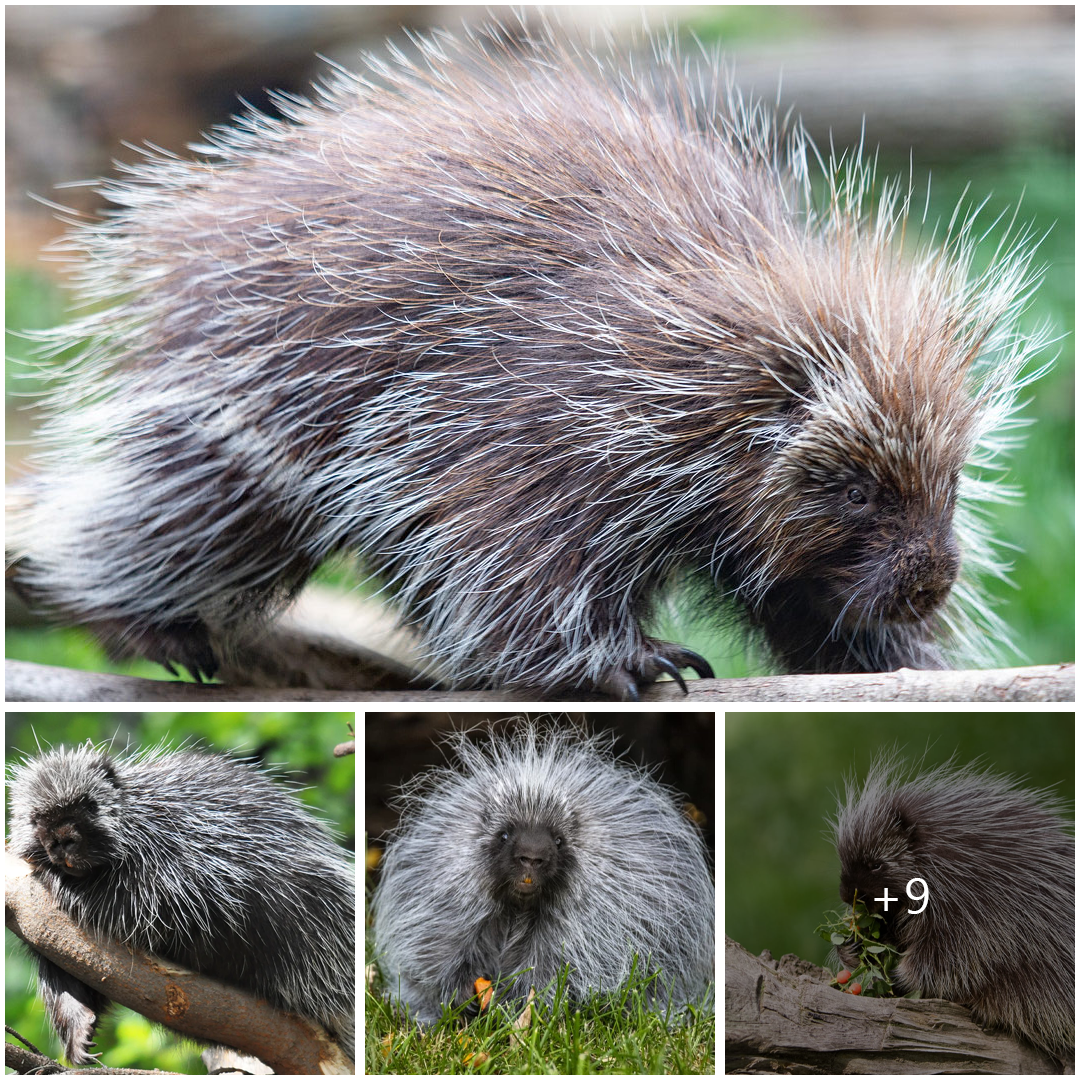
The North American Porcupine: A Fascinating Creature of the Wild
The North American porcupine (Erethizon dorsatum) is a remarkable and distinctive mammal native to the forests and grasslands of North America. Renowned for its unique appearance and defensive quills, this intriguing creature occupies a special niche in its ecosystem.
Physical Characteristics
One of the most distinguishing features of the North American porcupine is its coat of sharp, barbed quills. These quills, which cover much of the animal’s body, serve as a formidable defense mechanism against predators. When threatened, the porcupine can erect and rattle its quills, deterring potential attackers with a warning of their sharpness.
Beyond its quills, the porcupine boasts a robust body with a stocky build, short legs, and a small, round head. Its fur varies in coloration, ranging from dark brown to black, providing effective camouflage within its woodland habitat.
Habitat and Behavior
North American porcupines are primarily arboreal, preferring to dwell in forests and wooded areas where they can find ample shelter and sustenance. They are adept climbers, using their strong claws and prehensile tail to navigate the branches with ease.
Despite their solitary nature, porcupines are not entirely antisocial. They may congregate in small groups during the breeding season or share communal dens during harsh weather conditions. However, they typically forage and roam alone, relying on their keen sense of smell and herbivorous diet to sustain themselves.
Ecological Importance
As herbivores, North American porcupines play a crucial role in shaping their ecosystem. Their diet consists mainly of bark, leaves, and tender shoots, which they obtain by gnawing on trees and shrubs. This behavior, known as “browsing,” helps regulate plant growth and promote biodiversity within their habitat.
Moreover, the porcupine’s presence can have cascading effects on other species within the food chain. Their quills and formidable defenses deter predators, indirectly benefiting smaller prey species that share their habitat.

Conservation Status
While North American porcupines are not considered endangered, they face various threats to their survival, including habitat loss, vehicle collisions, and hunting. Efforts to conserve and protect their natural habitats are crucial for ensuring the continued existence of these unique creatures in the wild.
In conclusion, the North American porcupine stands as a testament to the diversity and resilience of wildlife in its native habitat. With its distinctive appearance, ecological significance, and fascinating behaviors, this iconic mammal continues to captivate the imagination of nature enthusiasts and conservationists alike.





